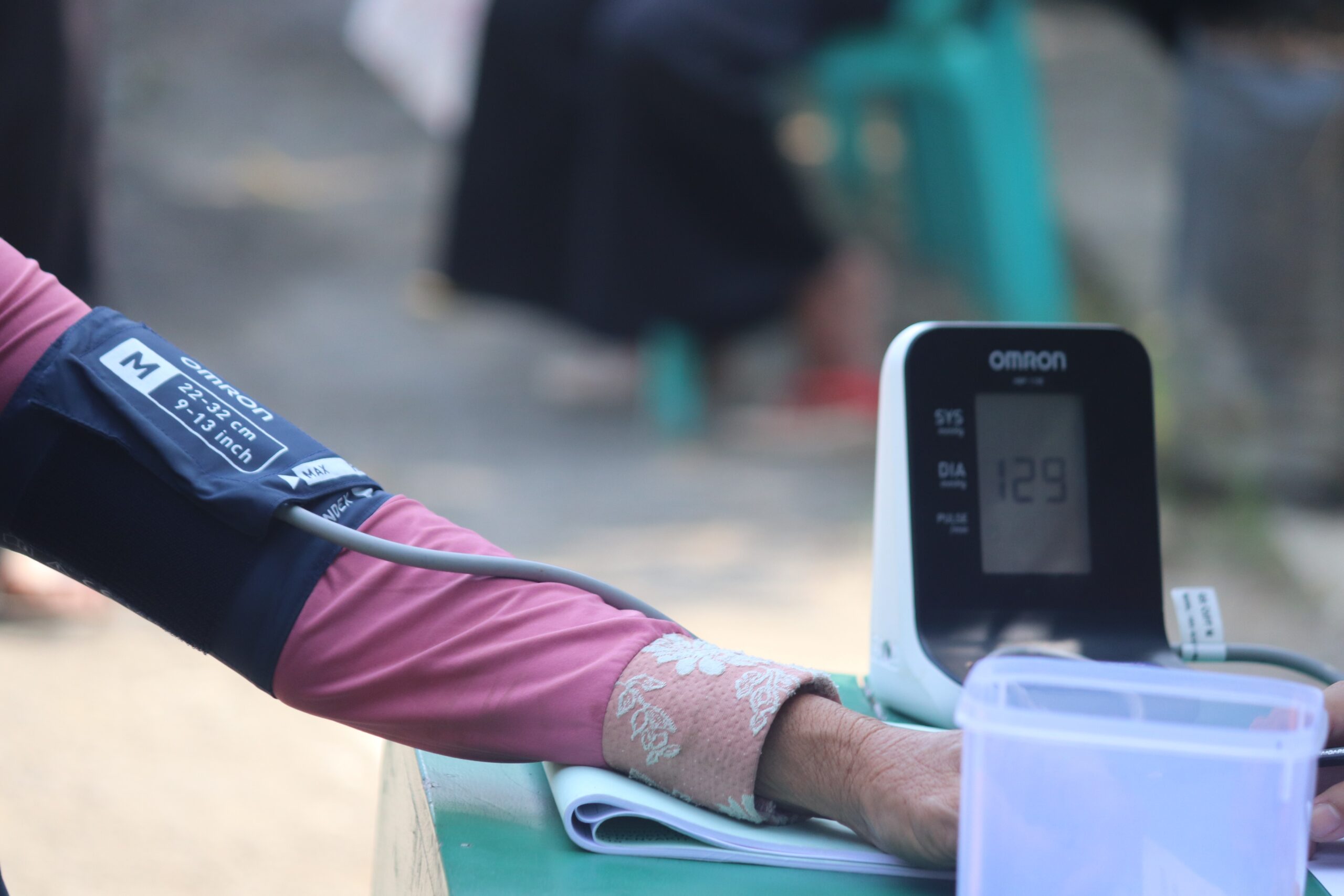
High blood pressure, also known as hypertension, is a common health condition that affects millions of people worldwide. If left unmanaged, it can lead to serious health complications such as heart disease and stroke. While medication can help control blood pressure, making dietary changes can also play a significant role in managing this condition.
1. Leafy Greens
Leafy greens like spinach, kale, and collard greens are rich in potassium, which helps the kidneys remove sodium from the body. This, in turn, helps lower blood pressure. Incorporating these nutrient-packed greens into your diet can be as simple as adding them to salads, smoothies, or sautéing them as a side dish.
2. Berries
Blueberries, strawberries, and raspberries are not only delicious but also packed with antioxidants called flavonoids. These compounds have been shown to reduce blood pressure and improve overall heart health. Enjoy them as a snack, in smoothies, or as a topping for your morning oatmeal.
3. Oatmeal
Starting your day with a bowl of oatmeal can have a positive impact on your blood pressure. Oats are high in fiber, which helps lower cholesterol levels and, in turn, reduces blood pressure. Add some fresh fruit or a sprinkle of cinnamon for added flavor.
4. Yogurt
Low-fat yogurt is an excellent source of calcium and probiotics, which can help lower blood pressure. Opt for plain yogurt and add your favorite fruits or a drizzle of honey for sweetness.
5. Fish
Fatty fish like salmon, mackerel, and sardines are rich in omega-3 fatty acids, which have been shown to reduce blood pressure levels. Aim to include fish in your diet at least twice a week to reap the benefits.
6. Garlic
Garlic has been used for centuries for its medicinal properties, including its ability to lower blood pressure. It contains a compound called allicin, which has been shown to have a positive impact on blood pressure levels. Incorporate fresh garlic into your meals or consider taking a garlic supplement after consulting with your healthcare provider.
7. Pomegranates
Pomegranates are packed with antioxidants and can help lower blood pressure by reducing the production of angiotensin, a hormone that constricts blood vessels. Enjoy the juicy seeds as a snack, or add them to salads or smoothies for a burst of flavor.
8. Nuts and Seeds
Almonds, walnuts, flaxseeds, and chia seeds are all excellent sources of nutrients that can help lower blood pressure. These heart-healthy snacks are rich in omega-3 fatty acids, fiber, and magnesium. Enjoy them as a snack or sprinkle them on top of salads or yogurt.
9. Dark Chocolate
Good news for chocolate lovers! Dark chocolate, in moderation, can help lower blood pressure. The flavonoids in dark chocolate have been shown to improve blood flow and reduce the risk of heart disease. Look for dark chocolate with a cocoa content of 70% or higher for maximum benefits.
10. Olive Oil
Replacing unhealthy fats with olive oil can have a positive impact on blood pressure levels. Olive oil is rich in polyphenols, which are antioxidants that can help reduce inflammation and improve heart health. Use it as a dressing for salads or as a cooking oil for sautéing vegetables.
In Conclusion
While incorporating these foods into your diet can help lower blood pressure, it’s important to remember that they work best as part of an overall healthy lifestyle. Regular exercise, reducing sodium intake, managing stress, and maintaining a healthy weight are also crucial for managing blood pressure levels. Always consult with your healthcare provider before making any significant changes to your diet or lifestyle.
By making simple yet impactful changes to your diet, you can take control of your blood pressure and improve your overall health. So, why not start incorporating these delicious and nutritious foods into your daily meals and snacks?












